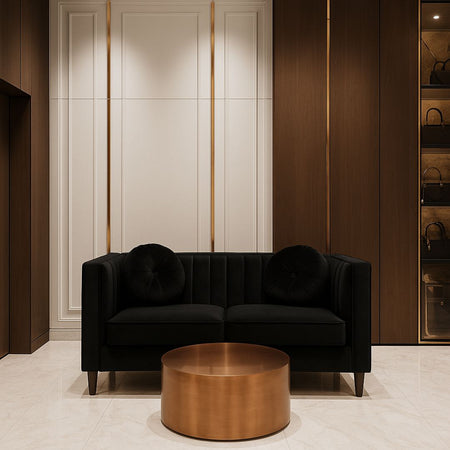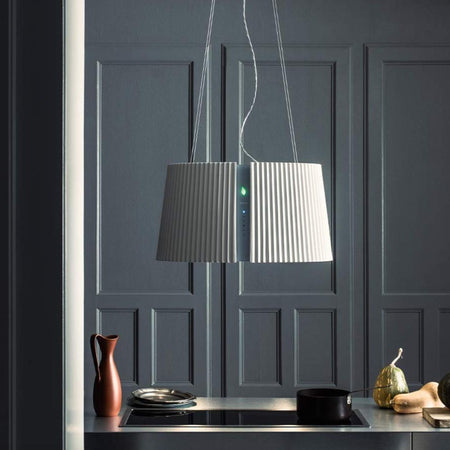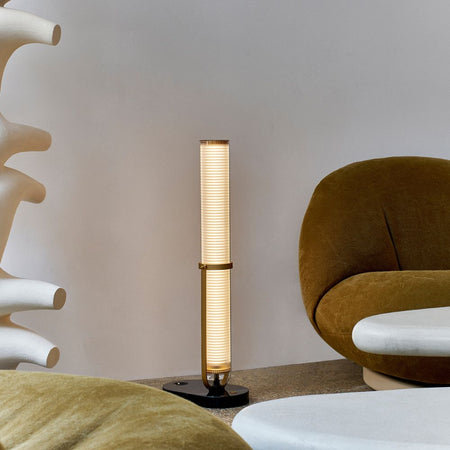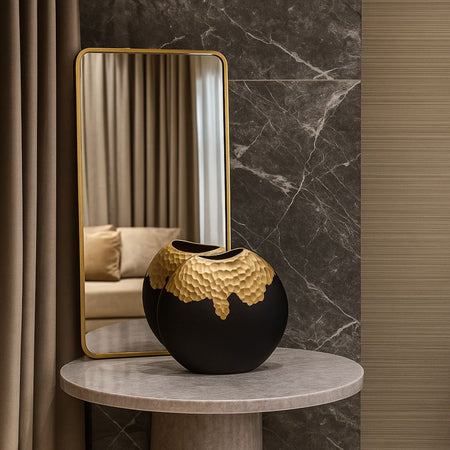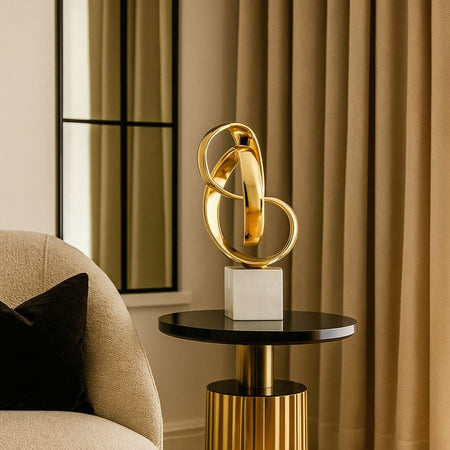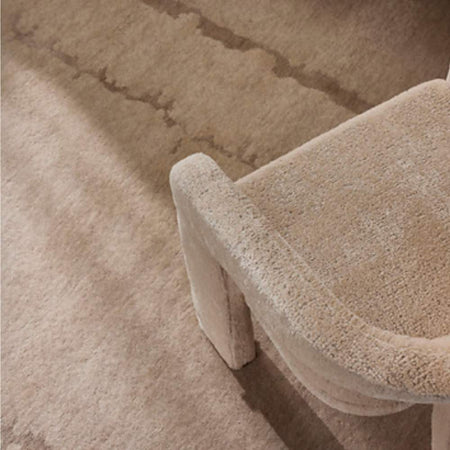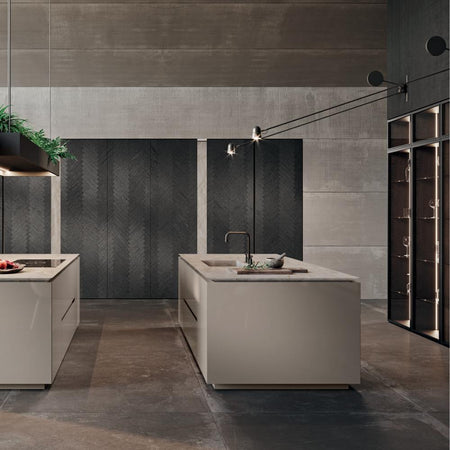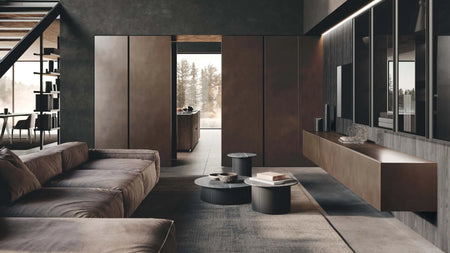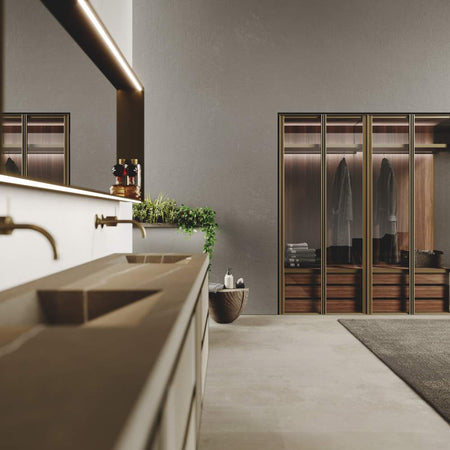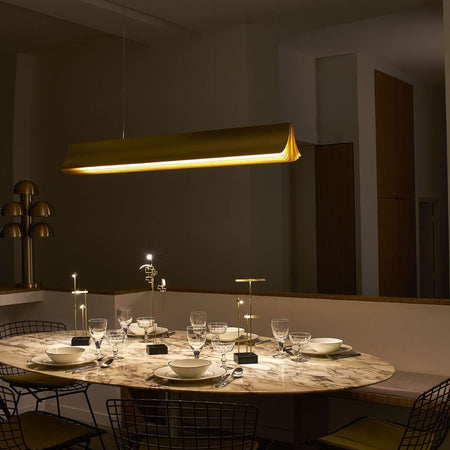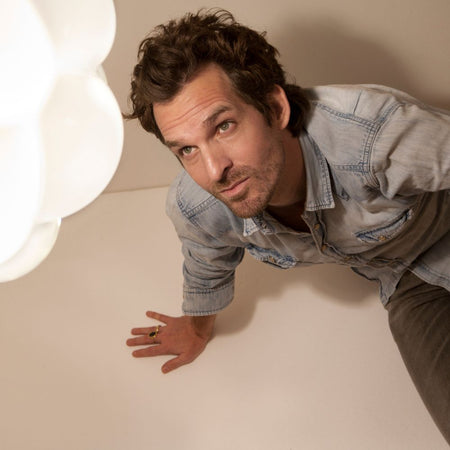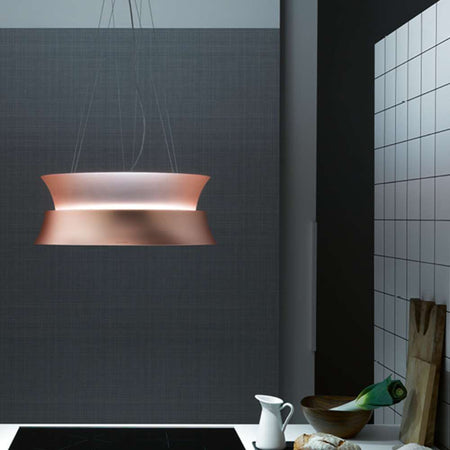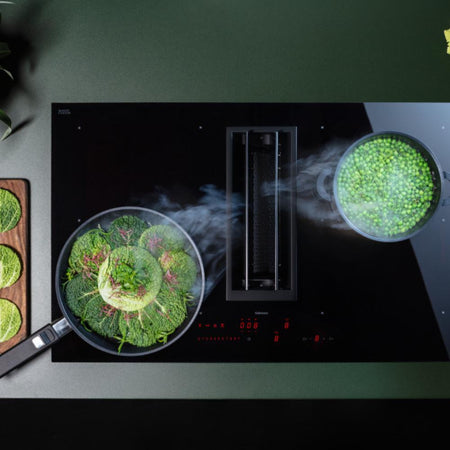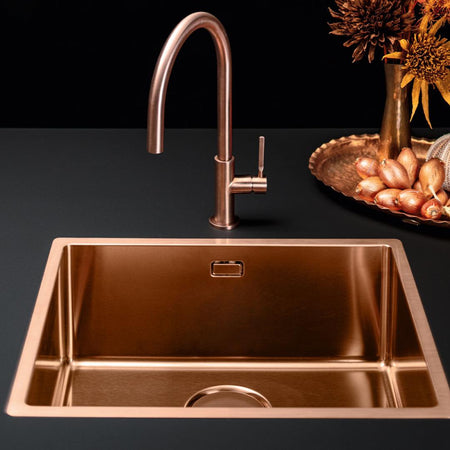Did you know that sensory design dates back to the 1950s? Artists from groups like ZERO in Europe and Gutai in Japan experimented with non-visual elements to enhance their work. By the 1960s, visionaries like Yoko Ono, Marina Abramović, and Doug Wheeler took things further, exploring how environments could stimulate all the senses.
In the 80s and 90s, sensory design had to compete with the rise of visual technology, but some artists fought back, pushing for multisensory experiences. La Monte Young and Marian Zazeela’s Dream House is a prime example—a space where sound, light, and movement blend into a full-body experience.


